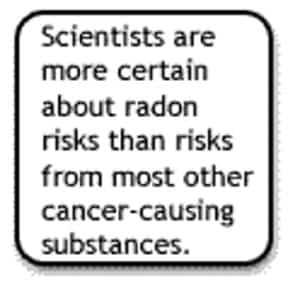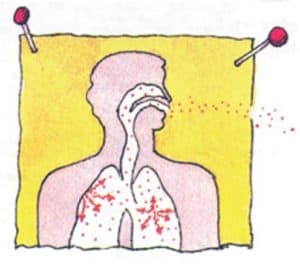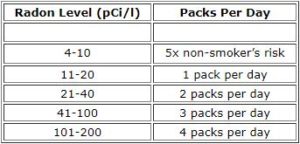01.
Why is radon the public health risk that it is?
EPA estimates that about 20,000 lung cancer deaths each year in the U.S. are radon-related. Exposure to radon is the second leading cause of lung cancer after smoking. Radon is an odorless, tasteless and invisible gas produced by the decay of naturally occurring uranium in soil and water. Radon is a form of ionizing radiation and a proven carcinogen.

Radon gas decays into radioactive particles that can get trapped in your lungs when you breathe. As they break down further, these particles release small bursts of energy. This can damage lung tissue and lead to lung cancer over the course of your lifetime. Not everyone exposed to elevated levels of radon will develop lung cancer. And the amount of time between exposure and the onset of the disease may be many years.

Long-term exposure to radon carries risks for lung cancer that can be compared to smoking. For example, according to the U.S. Environmental Protection Agency (EPA), a lifetime of daily exposure to radon at various levels is comparable to smoking packs of cigarettes a day!
